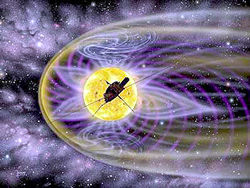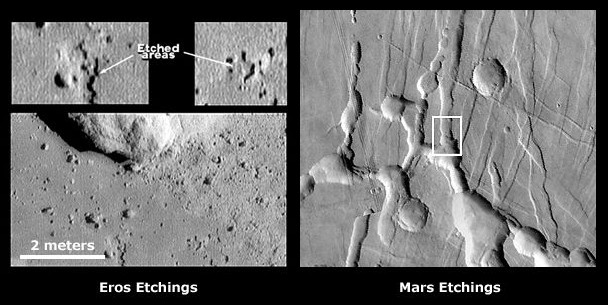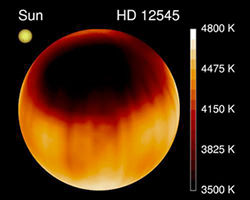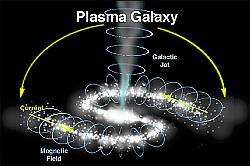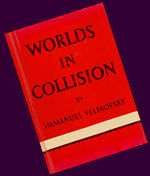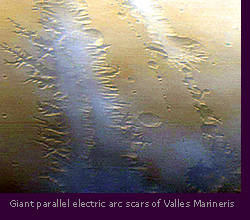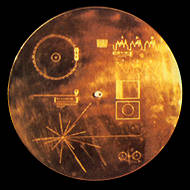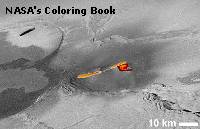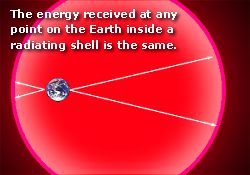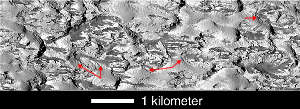holoscience.com | The ELECTRIC UNIVERSE®
A sound cosmology for the 21st century
Scientists fail to unravel the kinks in solar waves
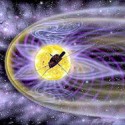
NASA/JPL NEWS RELEASE Posted: March 29, 2001 Kinks in the Sun’s magnetic field have puzzled scientists since they first started studying the solar wind, and now researchers at NASA’s Jet Propulsion Laboratory, Pasadena, Calif., have found the reason: they are caused by the evolution of a type of magnetic wave called Alfven waves. Scientists measured…
EROS not so Mysterious

The following message is from Reuters: On February 12, the world’s first spacecraft will land on an asteroid – Eros, named after the Greek god of love – and stream a series of photographs in nearly real time. That equates to two images a minute, which will be streamed to the Web site www.near.jhuapl.edu At…
“Failed Star or Failed Science?”

A Brown Dwarf Solar Flare From NASA Science News for July 12, 2000 Astronomers were surprised when NASA’s Chandra X-ray Observatory detected an x-ray outburst from a failed star only 60 times more massive than Jupiter. NASA’s latest observatory, designed to see the most violent and stunning cosmic phenomena, captured something unexpected. The Chandra X-ray…
“Science Heading for a BIG BANG”

Forget the glossy astronomy books and magazines – the Big Bang is pure fiction. The discoveries that prove it will also bring about the end of science-as-we-know-it. Of course, many books and articles have been published recently heralding the end of science – meaning there is little left to learn. The truth is the opposite.…
The impact of pseudo-science
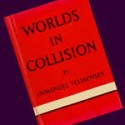
This year is the 50th anniversary of the publication of an astonishing and controversial book – Worlds in Collision. The provocatively titled 1950 book was written by Immanuel Velikovsky and caused an unprecedented furor in scientific circles. It led to the transfer of the book from the hurting academic publisher and dismissal of those who…
So NEAR, and yet so far from UNDERSTANDING
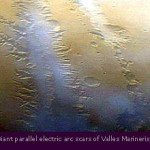
On Valentine’s Day, 2000, the Near Earth Asteroid Rendezvous (NEAR) spacecraft is is due, on its second attempt, to go into orbit around asteroid 433 Eros. It will be the first spacecraft to orbit an asteroid. NEAR will examine the odd-shaped rock, about twice the size of Manhattan Island, for about a year. What do…
Alien Skies
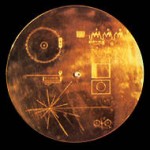
“Homo sapiens sapiens is not always as sapiens as he sapiently should be.” Professor Gus Nossall. Two Voyager spacecraft are carrying a message from the human race to the remote future, somewhere in the distant stars. Our faint hope is that some other life form will find one of those spacecraft and decipher its cryptic…
NASA’S Xmas Coloring Book
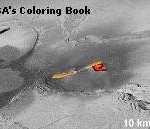
NASA have just released the first images from their Thanksgiving Day, November 25, 1999, closest flyby of Io. See them at http://www.jpl.nasa.gov/pictures/io [dead link 2012, try http://photojournal.jpl.nasa.gov/catalog/PIA02519]. My earlier prediction that the so-called volcanos would be much hotter than the estimates made at lower resolution has been hinted at by NASA. It is reported that…
Other stars, other worlds, other life?
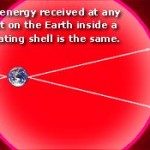
Emeritus Professor at the Australian National University, Dr. S. Ross Taylor has concluded after a lifetime’s work on the formation of the solar system: “When the remote chances of developing a habitable planet are added to the chances of developing both high intelligence and a technically advanced civilization, the odds of finding ‘little green men’…
MORE IO CLOSEUPS
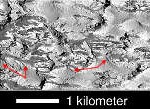
Jupiter’s Moon Io: a Flashback to Earth’s Volcanic Past Excerpts From A NASA/JPL Press Release November 19, 1999 Jupiter’s fiery moon Io is providing scientists with a window on volcanic activity and colossal lava flows similar to those that raged on Earth eons ago, thanks to new pictures and data gathered by NASA’s Galileo spacecraft.…
